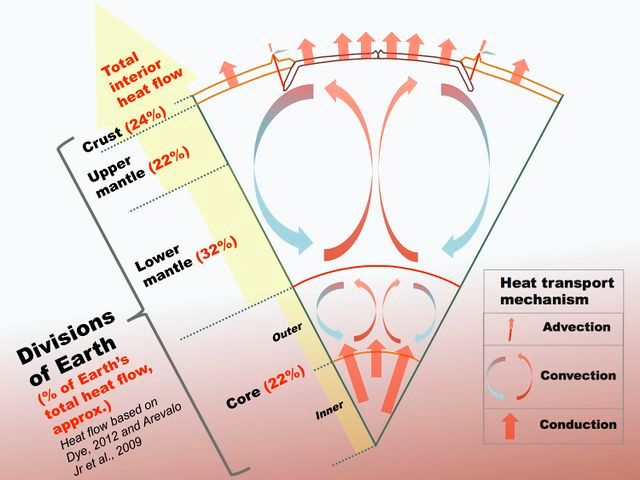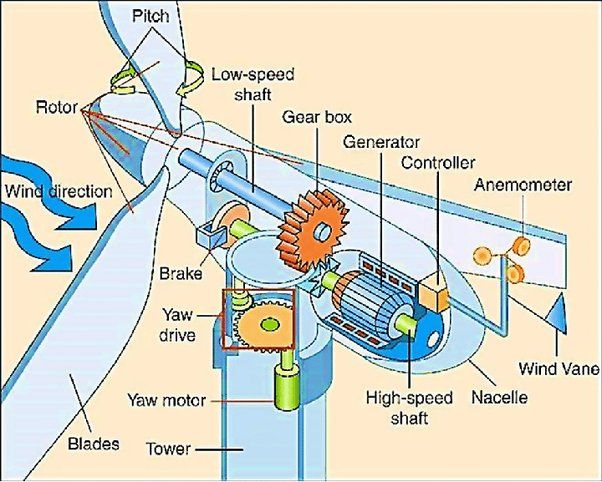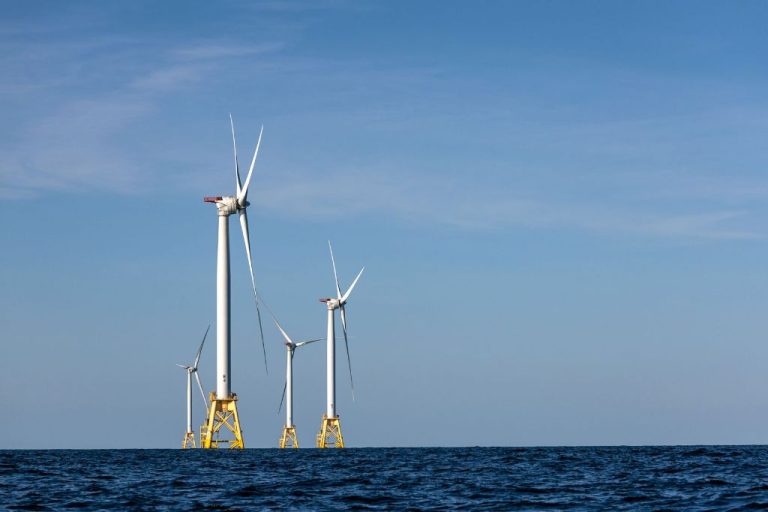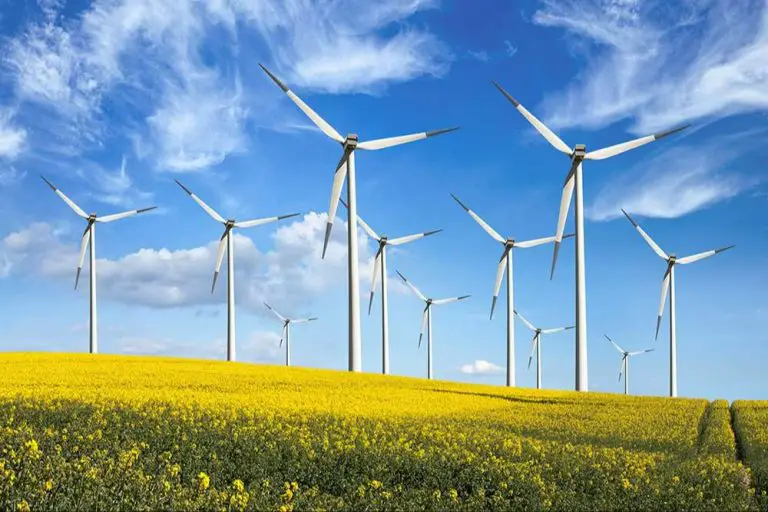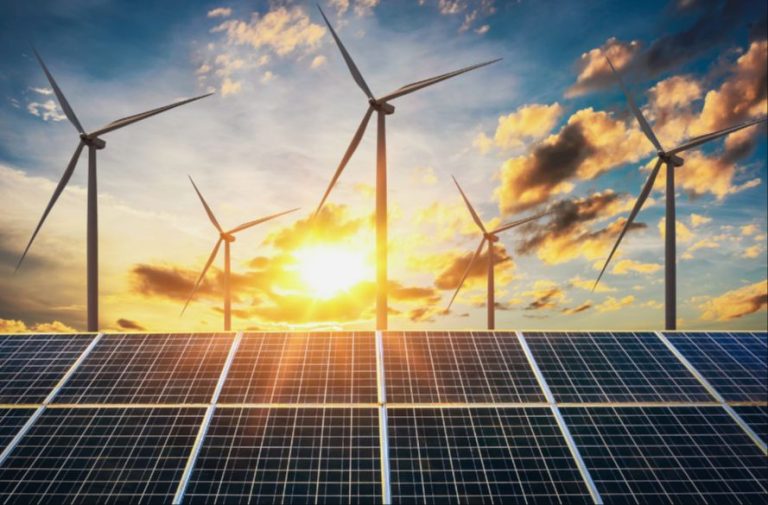How Is Wind A Source Of Energy?
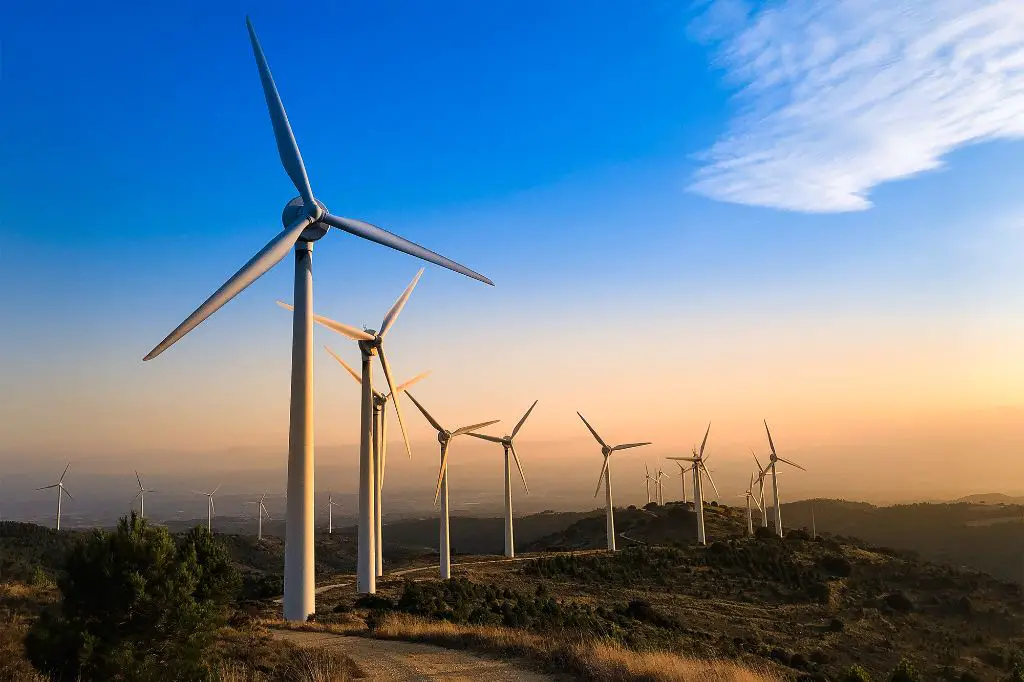
Wind energy is one of the most abundant and promising renewable energy sources on Earth. It is generated from the natural movement of air currents and converted into electricity using wind turbines. As a clean, sustainable and cost-effective energy solution, wind power plays a vital role in the global transition to renewable energy and reduced dependence on fossil fuels.
Wind energy offers a green alternative to traditional energy sources that emit greenhouse gases and contribute to climate change. Unlike finite resources such as coal, oil and natural gas, the wind can never be depleted and will be available as long as the sun shines and the Earth rotates. With modern wind turbines reaching staggering heights and continuing to advance in efficiency and capacity, wind has emerged as a mainstream energy source capable of meeting a significant portion of the world’s electricity needs.
This article will examine how wind is harnessed and turned into usable electricity through wind turbines and wind farms. It will look at the technology, infrastructure, economic viability and environmental merits of wind power. With wind energy capacity expanding at a rapid rate in recent decades, understanding its role as a renewable energy resource is more important than ever.
Wind Energy Basics
Wind is created by the uneven heating of the Earth’s surface by the sun. As the sun warms the Earth’s surface, the air above it also warms. The warm air is less dense than the surrounding cooler air, so it rises. As the warm air rises, cooler air rushes in to take its place, creating wind. This cycle drives the circulation of air around the planet. Wind speeds differ by location based on geographic features like mountains, valleys, bodies of water, and vegetation. Locations with wide open spaces and few obstructions typically experience faster and more consistent winds. Coastal areas also tend to be windier due to the temperature differential between land and sea [1].
Wind Turbine Design
A wind turbine converts the kinetic energy in wind into mechanical power, which is then converted into electricity. The main components of a wind turbine are the rotor blades, gearbox, generator, nacelle, tower, and yaw system.
The rotor blades capture the wind energy. They are usually made of fiberglass reinforced plastics or wood-epoxy. The blades are connected to a central hub, which in turn is connected to a main shaft running through the nacelle. The rotor and blades together are called the rotor assembly.
The nacelle sits atop the tower and contains the key components of the wind turbine, including the main shaft, gearbox, generator, control systems, and braking system. The nacelle allows the turbine to rotate and face into the wind.
The gearbox increases the rotational speed coming from the main shaft to the level required by the generator to produce electricity. Most turbines use a planetary gearbox.
The generator is a standard electrical generator, containing magnets that rotate within wire coil windings to produce an electric current. Various designs are used, with doubly-fed induction generators being common in large wind turbines.
The yaw system rotates the nacelle and rotor assembly to keep the turbine facing into the wind as wind direction changes. It utilizes a bearing and gear drive powered by an electric motor.
The tower provides structural support to hold components high up where stronger winds are available. Towers are usually tubular steel, concrete, or steel lattice.
Wind turbines also have electronic controllers, brakes, sensors, and power transmission equipment. The whole system works together to capture kinetic wind energy and convert it into usable electricity.
Sources:
https://www.heliciel.com/en/helice/eolienne%20hydrolienne/Composants%20eolienne.htm
https://electricalacademia.com/renewable-energy/wind-turbine-parts-functions/
Generating Electricity
Wind turbines generate electricity through a process of converting the kinetic energy from wind into rotational energy and then electrical energy. When the wind blows past the blades of a wind turbine, the aerodynamic shape of the blades causes them to start turning. The blades are connected to a shaft inside the turbine that spins as the blades rotate. This spinning shaft is connected to a generator, which converts the mechanical energy of the spinning shaft into electrical energy through electromagnetic induction.
Inside the generator, the shaft spins electromagnets that are surrounded by wire coils. As the electromagnets spin past the coils, electrons in the wire are induced to move and start flowing. This flow of electrons in the wire coils produces alternating current electricity. The electricity generated can then be fed into the electrical grid and distributed for use in homes, businesses, and elsewhere.The Science Behind How Wind Turbines Generate Electricity
The amount of electricity that can be generated depends on the speed of the wind driving the turbine blades. Faster wind speeds cause the blades to spin faster, which spins the shaft and electromagnets at higher speeds. This induces more electrons to flow in the wire coils. Modern wind turbines are designed to operate most efficiently at wind speeds between 25-55 mph.
Wind Farm Design
Several key factors go into planning and building wind farms. Wind farm developers must consider the wind resource, land access, permitting, transmission infrastructure, turbine model, spacing, operations and maintenance needs, and more when designing a wind power plant.
Wind resource is one of the most important considerations. Developers will study historical wind data through anemometers and wind resource maps to identify sites with adequate average wind speeds, typically around 6.5 m/s at 80 meter hub height, for utility-scale wind projects (Campos-Gaona, 2018). The layout of the turbines also aims to optimize energy production by spacing out the turbines to reduce wake effects from upstream generators. General industry spacing is 3-10 rotor diameters between turbines in the prevailing wind direction and 1-5 rotor diameters in the perpendicular direction (Ghaisas et al., 2016).
Access to land with strong wind resources is required to build a wind farm. Developers must acquire land leases from property owners. The scale of a wind farm is also determined by land constraints. Permitting and regulations factor into site selection as well. Wind farms must undergo environmental impact reviews and acquire construction permits. Local zoning laws can impose restrictions like noise limits and setbacks. Transmission infrastructure is needed to connect the wind farm to the grid and distribute the power. Road access has to be built onsite for construction and maintenance. Finally, the choice of turbine model and size depends on wind speeds, land constraints, and other technical factors (Campos-Gaona, 2018).
Transmission and Storage
After the wind turbines convert wind energy into electricity, the power generated needs to be transmitted to the end users. Most large-scale wind farms are located far from cities where the electricity is needed. Long distance, high-voltage transmission lines are used to efficiently carry the electricity over large distances. These transmission lines interconnect wind farms to the utility grid that powers homes and businesses.
One challenge with wind energy is that it is an intermittent resource – the wind doesn’t blow all the time. To compensate for fluctuations in wind generation, excess electricity can be stored in utility-scale battery storage systems so it can be dispatched when needed. As an example, Tesla has developed massive battery projects able to store wind and solar energy and then release it to the grid when renewable generation is low[1]. Storage helps mitigate the variability of wind power and improves reliability of the overall grid.
Environmental Impacts
Wind energy has both positive and negative impacts on the environment. On the positive side, wind power generates electricity without emitting greenhouse gases or other air pollutants. According to one study, wind turbines have much lower life cycle environmental impacts compared to fossil fuel power plants (Kasner, 2022). Wind farms can also have minimal impacts on land use, since only about 5% of the land area is occupied by turbines, roads, and other infrastructure. The remaining 95% can still be used for crops, grazing, or left as open space.
However, wind farms can also have negative environmental effects. Wind turbines can pose a collision risk to birds and bats, and the spinning blades can create noise pollution. Large wind farms may also negatively impact local wildlife habitats and vegetation (Chipindula et al., 2018). There are also concerns that wind turbines can increase local temperatures due to mixing of air layers closer to the surface. Proper siting of wind farms is critical to minimizing ecological impacts.
Economic Benefits
Wind energy provides significant economic benefits in terms of cost and job creation. The cost of wind power has dropped dramatically in recent decades, making it one of the most affordable sources of renewable energy. According to the U.S. Department of Energy, the average levelized cost of land-based wind power fell by 71% between 2009 and 2020 (https://www.energy.gov/eere/wind/articles/wind-energy-costs-continue-fall). This makes wind competitive with traditional fossil fuels like coal and natural gas. The declining costs are driven by technological advances, enhanced wind turbine performance, increased scale, and more efficient supply chains.
In addition to low costs, wind energy is a major job creator. According to the American Wind Energy Association, the U.S. wind industry employed over 120,000 full-time workers in 2021 (https://cleanpower.org/facts/economic-benefits/). Many of these jobs are located in rural communities, providing an economic boost to farmers and ranchers. Wind turbine technicians are one of the two fastest growing occupations in the country. The wind industry also generates additional jobs in manufacturing, construction, transportation, research, and more. These jobs provide incomes that get reinvested locally.
Future of Wind Power
The future of wind power looks very promising. According to the U.S. Department of Energy, wind energy capacity is projected to grow significantly in the coming decades. The DOE’s Wind Vision report projects wind power capacity reaching 10% of U.S. electricity generation by 2020, 20% by 2030, and 35% by 2050. Global wind capacity is also expected to grow rapidly, with total worldwide installed capacity potentially reaching 2,110 gigawatts by 2030.
Several key technology innovations will help drive growth in wind power capacity. Larger and more efficient wind turbines are being developed, including massive multi-megawatt offshore turbines. New turbine blade designs and materials allow the blades to capture more wind energy. Advances in turbine drivetrain technology improve reliability and reduce maintenance costs. There are also improvements being made in forecasting wind output and integrating wind power into grid operations.
New offshore wind technologies are a major focus for the future. Floating wind turbines allow wind farms to be built further offshore in deeper waters with stronger, more consistent winds. According to the U.S. Department of Energy, the technical resource potential of U.S. offshore wind is over 2,000 gigawatts of capacity, which is nearly double the nation’s current electricity use. With falling costs and supportive policies, offshore wind is poised to play a key role in decarbonizing the power sector.(1)
Conclusion
In summary, wind power provides an important renewable energy source that can help reduce our dependence on fossil fuels. As the technology improves and costs decline, wind energy is poised to become a major part of the global energy mix. Wind turbines and wind farms allow us to capture the power of wind and convert its kinetic energy into usable electricity. While there are some environmental impacts from wind power, such as effects on wildlife, these are minimal compared to other energy sources.
Wind power produces no air pollution or greenhouse gases while generating electricity. Expanding wind energy can provide jobs and other economic benefits, especially in rural areas. With many countries setting ambitious renewable energy targets, the future looks bright for continued growth in wind energy. Tapping into wind’s potential harnesses a free, renewable resource and helps build a cleaner and more sustainable energy future.

